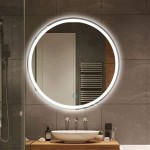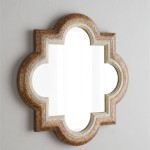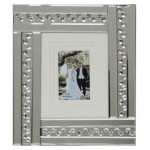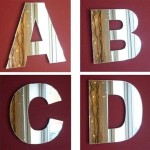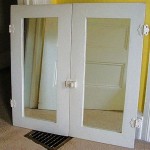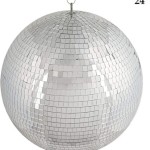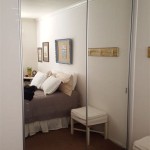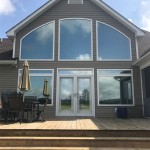What Kind of Image Is Formed by a Convex Mirror?
Convex mirrors, also known as diverging mirrors, are curved mirrors where the reflective surface bulges outwards. Unlike concave mirrors, which can form both real and virtual images, convex mirrors exclusively produce virtual images. This characteristic makes them particularly useful in various applications, from car rearview mirrors to security systems. This article will delve into the nature of images formed by convex mirrors, exploring the key properties that distinguish them from images formed by other types of mirrors.
Characteristics of Images Formed by Convex Mirrors
Images formed by convex mirrors possess specific properties that set them apart from images created by other mirror types. These properties include:
- Virtual: Virtual images are images that cannot be projected onto a screen. They are formed by the apparent intersection of reflected light rays, which do not actually converge at a point. This means that viewers can only see the image by looking into the mirror itself.
- Upright: Unlike real images, which can be inverted, virtual images formed by convex mirrors are always upright. This means that the image appears in the same orientation as the object.
- Diminished: Convex mirrors always produce images that are smaller than the actual object. This reduction in size is determined by the curvature of the mirror and the distance between the object and the mirror.
- Located behind the mirror: Since virtual images are not formed by the actual intersection of light rays, they appear to be located behind the mirror's surface. This is in contrast to real images, which are located in front of the mirror.
Ray Diagram Explanation
Understanding how convex mirrors form images becomes clearer when considering ray diagrams. A ray diagram is a visual representation of light rays interacting with a mirror. When dealing with convex mirrors, three key rays are used to construct the image:
- Ray parallel to the principal axis: This ray, after reflection, appears to originate from the focal point (F) behind the mirror.
- Ray passing through the center of curvature (C): This ray reflects back on itself, as it strikes the mirror perpendicularly.
- Ray passing through the focal point (F): This ray becomes parallel to the principal axis after reflection.
When these three rays are extended backward (behind the mirror) after reflection, they appear to intersect at a point. This intersection point marks the position of the virtual image. The image will always be smaller and upright compared to the object due to the diverging nature of the light rays.
Applications of Convex Mirrors
The unique properties of images formed by convex mirrors make them suitable for various applications. These include:
- Car rearview mirrors: Convex mirrors are used as rearview mirrors in cars because they provide a wider field of view than flat mirrors. This wider view allows drivers to see more of the road behind them, reducing blind spots and increasing road safety.
- Security mirrors: Convex mirrors are employed in security systems to provide a wide-angle view of a particular area. This is especially useful in shops, banks, and other locations where it's important to monitor activity over a large space.
- Street corners: Convex mirrors placed at street corners allow motorists and pedestrians to see oncoming traffic from a wider angle, making it easier to navigate safely.
- Telescopes: Convex mirrors are used in certain types of telescopes, particularly those designed for viewing large areas of the sky.
The ability to create virtual, upright, and diminished images makes convex mirrors a versatile tool in various applications where a wide field of view is crucial. Their use in everyday life and advanced scientific instruments highlights their importance in optics and beyond.

Concave Mirrors And Convex Image Formation Ray Diagram
Is It Possible For A Convex Mirror To Produce Real Image When The Object Virtual Quora

Concave Mirrors And Convex Image Formation Ray Diagram

Image Formation By Convex Mirror In Hindi And English Dual Audio

Image Formation By Spherical Mirror Geeksforgeeks

What Is The Nature Of Image Formed In A Convex Mirror

Convex Mirror Image Formation Conditions Ray Diagram Uses

Image Formation By Convex Mirrors

Show That All Images Formed By A Convex Mirror Is Virtual Physics Ray Optics And Optical Instruments 9856423 Meritnation Com

Convex Mirror Image Formation Conditions Ray Diagram Uses

